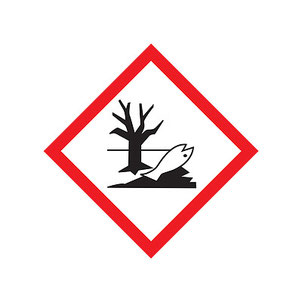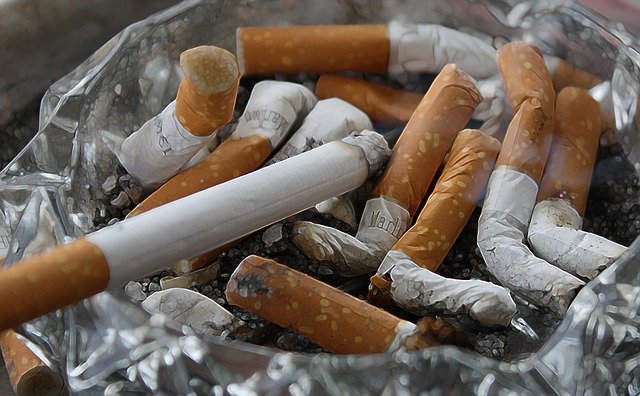REACH Chemicals - Applications, Health Hazards, and Environmental Concerns
Below is a table describing the six substances new to REACH 197 SVHCs:

The European Chemicals Agency (ECHA) added six new REACH chemicals to the SVHC List of Substances of Very High Concern on January 15th, 2019.
Below is a table describing the six substances new to REACH 197 SVHCs:

Substance Name | CAS # | Where used | Health and Environmental Concerns |
|---|---|---|---|
1,7,7-trimethyl-3-(phenylmethylene)bicyclo[2.2.1]heptan-2-one; 3-benzylidene camphor; 3-BC | 15087-24-8 | Used as a UV filter in personal care products and cosmetics |
|
2,2-bis(4′-hydroxyphenyl)-4-methylpentane; BisP-MIBK | 6807-17-6 |
|
|
Benzo[k]fluoranthene | 207-08-9 | May be present in traces in:
|
|
Fluoranthene | 206-44-0; 93951-69-0 | May also be found in traces in:
|
|
Phenanthrene | 85-01-8 | May be found in:
In addition, it may be present in traces in:
|
|
Pyrene | 129-00-0, 1718-52-1 | May be present in traces in:
|
|
Consequently, these new additions brought the REACH chemicals list to 197 SVHC.
Finally, producers and importers must report on the SCIP database any SVHC REACH chemicals above 0.1% by weight of a component. This SCIP notification tutorial can help you getting the SCIP declaration number of your products.

First, PAHs stands for Polycyclic Aromatic Hydrocarbons. Especially, four of the six substances newly added to the 197 REACH SVHC candidate list are PAHs. Specifically, these substances are:

Polycyclic aromatic hydrocarbons (PAHs) are a category of toxic chemicals.
They arise by burning:
PAHs can bind to tiny particles in the air. Unfortunately, being exposed in large amounts can irritate the eyes and respiratory tract, damage the liver, and cause cancer.
People are exposed to PAHs by breathing in air that contains:

Also, we can take in PAHs by eating burnt meats or food on which PAH particles have settled. Finally, we may be exposed to PAHs by having particles pass from the air and through our skin.
Do you want to know more about REACH Product compliance? Please email Enviropass your request and we will send you free updates.